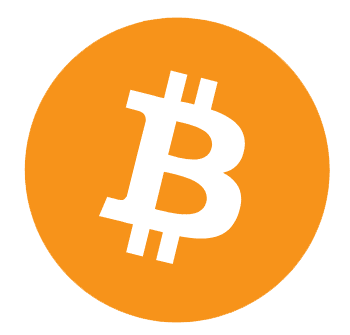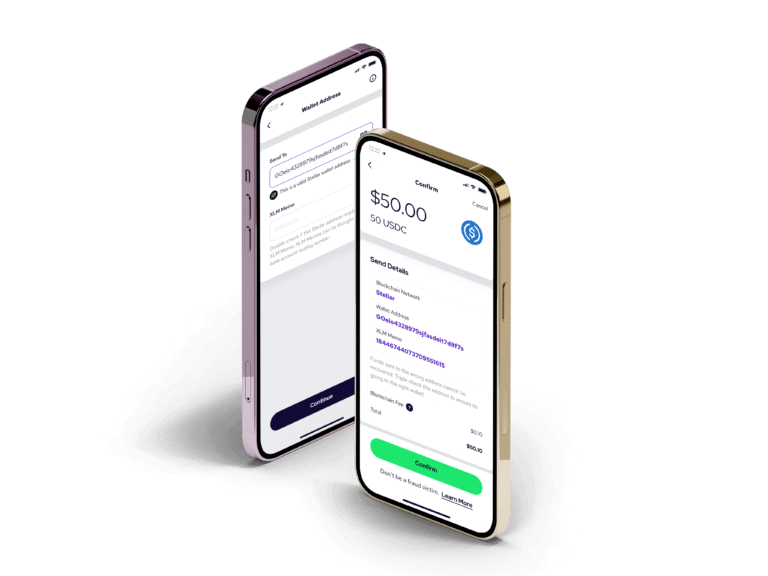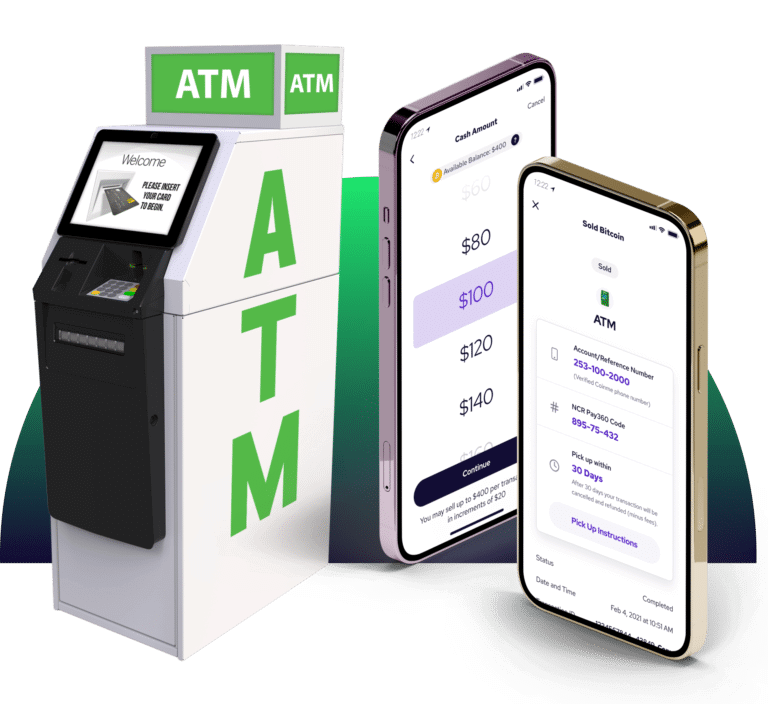The world’s first-ever crypto ATM came online in October 2013 in Vancouver, Canada. While it seemed like a simple thing at the time — after all, it was just one machine — what it symbolized was much bigger. What that one crypto ATM did was connect the cash economy with the crypto economy so that people could easily buy and sell bitcoin, which was a giant step towards making crypto accessible to all.
Just four months later, in February 2014, the United States matched this Canadian offering with its first-ever bitcoin ATM in Albuquerque, New Mexico. Since then, literally tens of thousands of crypto ATMs have come to replace it globally in the not-even-decade since. These machines have opened the world of bitcoin to newcomers by making it super simple to move between the traditional cash economy and the new digital economy.

Current bitcoin price
What is a crypto ATM?
Crypto ATMs are standalone machines that allow you to turn cash into crypto or vice versa.
If cryptocurrencies are like a massive financial highway, crypto ATMs are like major on and off-ramps, making it easy for people to move between cash and crypto.
The need for this cash-to-crypto service can be measured by demand for crypto ATMs, which continues to increase. Now, these machines are becoming increasingly commonplace: According to CoinATMRadar, a website that tracks the location and distribution of crypto ATMs, as of July 2021, there are 24,030 crypto machines installed globally. That number represents a 70 percent increase from the number of crypto ATMs available in 2020. Of these 24,030 crypto ATMs, 10,037 were installed in July 2021 or earlier, as compared to 7,620 during all of 2020.
Roughly 75 percent of crypto ATMs are installed in North America. You can typically find them in convenience stores, supermarkets, and other places where a regular cash ATM is located.
How to buy cryptocurrency using an ATM
In order to comply with financial regulations, cryptocurrency ATMs require you to verify your identity before you use them. Once you do so, you’ll indicate how much crypto you want to buy or exchange for cash. The ATM will then generate a QR code. You’ll scan this code for links and instructions on how to complete your transaction, whether you’re buying bitcoin or another form of crypto. For more instructions on how to buy bitcoin at an ATM, read the Coinme guide to using bitcoin ATMs.
One thing to be mindful of is crypto ATM fees. All crypto services charge money when exchanging traditional currencies for digital and cryptocurrencies. But not all crypto ATM services charge the same fees, so if you plan on using a crypto ATM regularly, finding a cost-effective service makes sense.
How to use a Coinme-enabled bitcoin kiosk
Like bitcoin ATMs, Coinme-enabled bitcoin kiosks are conveniently located and user-friendly. When using a Coinme-enabled kiosk, you can convert cash to crypto and from there be able to participate in the new digital economy.
Available in thousands of locations across the U.S., with more added every week, most Coinme-enabled locations let you convert up to $2,900 per day into bitcoin. To get started, look up a Coinme location convenient to you and follow the instructions in-app or online to get started.
As you explore your options, we offer more resources to help guide you as you venture into the world of bitcoin. Turn to the Coinme blog to learn all about crypto, and find a bitcoin kiosk near you to get started.


